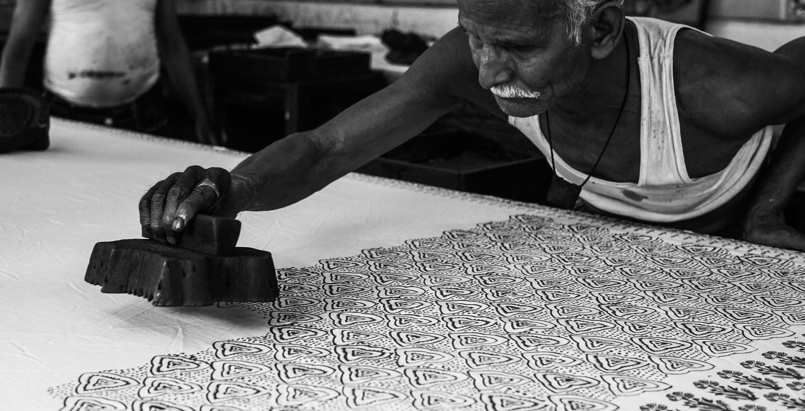1 – The history of the t-shirt (a brief resume)
The humble undergarment
The t-shirt creation
The Marlon Brando effect
2 – A short overview on the history of textile printing
Perhaps the most ancient technique would be woodblock printing. Largely used in Asia. And having its origins probably in China. Printed cloth examples found, dated before 220 AD!!!
In Europe, textile printing was introduced via the Islamic world, about the 12th century and widely used. Mainly for decorative purposes, like wall-hangings.
According to Printd (The History of Printed T-shirts. 2019) “The roots of printed t-shirts go back to ancient China. The technique of screen printing was developing sometimes during the Song Dynasty in 960-1279 A.D.”
Printed t-shirts became so popular that everyone is wearing one nowadays. It became so easy to print one, due to the innovations in printing techniques and with the advent of the internet that anyone can create their own design and produce a printed t-shirt, even at home.
3 – Modern printing methods:
Printing techniques, on traditional textiles, can be categorized into five styles:
- Direct to garment printing: Its a process of printing directly on the t-shirt, using special inkjet technology.
- Screen printing: This technique uses a mesh to transfer the ink on a t-shirt. Its also called serigraphy.
- Sublimation printing: Also known as dye sublimation printing, is a printing method that uses heat to transfer images onto materials. Sublimation is a chemical process where a solid turns into a gas without going through a liquid stage.
- Transfer printing: Or, heat transfer printing, the pattern is printed on paper with selected dyes, then the paper is applied on the t-shirt. A heat press transfers the print into the t-shirt.
- Discharge printing: Very similar to screen printing, but instead of normal inks, a bleaching agent is printed onto a previously dyed t-shirt to remove some or all of the color. Also called extract printing.


